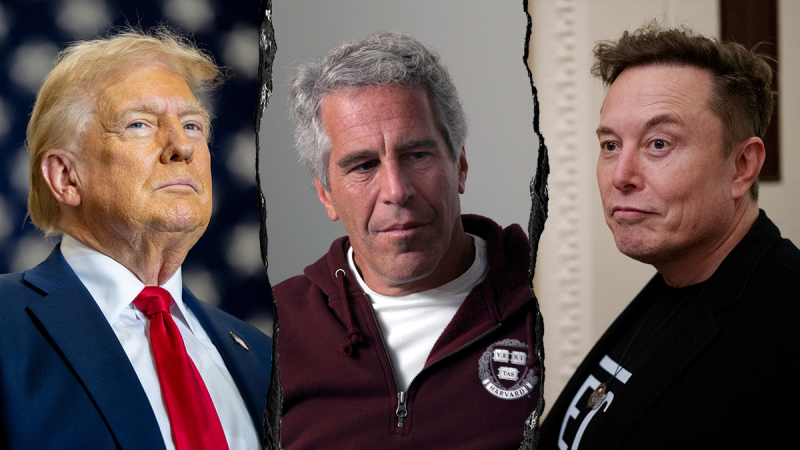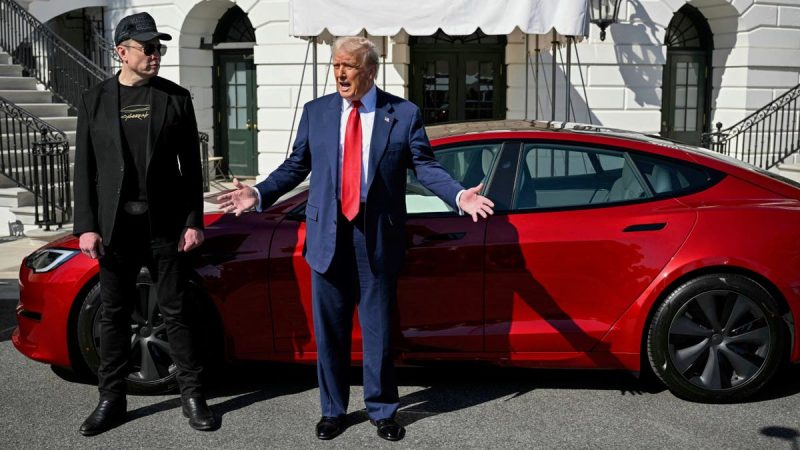
NEWYou can now listen to Fox News articles!
Democrats are moving to embrace former Department of Government Efficiency leader Elon Musk as he publicly spats with President Donald Trump, despite many party voters and lawmakers railing against Musk for months as a ‘fascist’ or ‘dictator’ for taking a hatchet to the federal government’s overspending and fraud within the Trump administration.
‘If Biden had a big supporter criticize him, Trump would have hugged him the next day,’ Democrat California Rep. Ro Khanna posted to X on Thursday of Musk’s criticisms of the ‘big, beautiful bill.’ ‘When we refused to meet with @RobertKennedyJr, Trump embraced him & won. We can be the party of sanctimonious lectures, or the party of FDR that knows how to win & build a progressive majority.’
Khanna told Politico on Wednesday that Democrats should ‘ultimately be trying to convince [Musk] that the Democratic Party has more of the values that he agrees with.’
‘A commitment to science funding, a commitment to clean technology, a commitment to seeing international students like him,’ he added.
Democrat New York Rep. Ritchie Torres told the outlet on Wednesday, ‘I’m a believer in redemption, and he is telling the truth about the legislation.’
Torres said Musk has ‘done an enormous amount of damage’ and ‘there are Democrats who see his decimation of the federal workforce and the federal government as an unforgivable sin.’
‘Couldn’t agree with Elon more: kill the bill,’ Jon Favreau, who served as former director of speech writing for former President Barack Obama, posted to X in response to Musk calling on lawmakers to ‘kill’ the legislation.
Musk is in the midst of publicly trading barbs with Trump over the One Big Beautiful Bill Act, which is sweeping legislation currently making its way through Congress and aims to fund the president’s agenda.
‘I’m sorry, but I just can’t stand it anymore,’ Musk posted to X on Tuesday. ‘This massive, outrageous, pork-filled Congressional spending bill is a disgusting abomination. Shame on those who voted for it: you know you did wrong. You know it.’
In addition to Democrats who don’t support the bill, Musk has also found himself aligned with members of the House Freedom Caucus, which is considered the most conservative voting bloc within the lower chamber, as well as staunch fiscal conservatives in the Senate, such as Republicans Kentucky Sen. Rand Paul and Wisconsin Sen. Ron. Johnson, who have publicly rebuked the legislation.
Some Democrats posting messages favorable of Musk’s comments on the ‘big, beautiful bill’ come after many left-wing voters and lawmakers, as well as federal employees, slammed Musk for months as an unelected billionaire who was helping shape White House policy. Many also took issue with Musk on inauguration day for delivering what dozens of media outlets described as a ‘Nazi-style salute’ to Trump supporters.
‘If you’re cool and want to defend the ‘Sieg Heils’ and the Nazi salutes … whatever you want to do, that’s on you,’ Democrat New York Rep. Alexandria Ocasio-Coretz said in January following the gesture. ‘I’m on the opposite side of that. I’m not with the Nazis.’
‘I never imagined we would see the day when what appears to be a Heil Hitler salute would be made behind the Presidential seal,’ New York Rep. Jerry Nadler tweeted in January. ‘This abhorrent gesture has no place in our society and belongs in the darkest chapters of human history. I urge all of my colleagues to unite in condemning this hateful gesture for what it is: antisemitism.’
‘He’s incompetent. He’s a thief. He’s a Nazi. And people don’t trust him,’ former Democrat New York Rep. Jamaal Bowman said of Musk in March.
‘He’s a Nazi nepo baby who breaks everything he touches,’ Massachusetts Democrat Rep. Ayanna Pressley said in February as Musk announced cuts to the federal government via DOGE. ‘And right now he’s locked himself in a room with grandpa’s Social Security check.’
Massachusetts Sen. Ed Markey referred to Musk as a ‘dictator’ at an anti-DOGE rally in February.
Fiscal conservatives in Congress have spoken out against the One Big Beautiful Bill Act as one that will increase the U.S. debt ceiling by trillions, including Senate Republicans bucking support for the legislation after its passage in the House last month.
‘I want the tax cuts to be permanent. But at the same time, I don’t want to raise the debt ceiling $5 trillion,’ Paul told CBS’ ‘Face the Nation’ on Sunday. ‘The GOP will own the debt once they vote for this.’
Trump has admonished the criticism from fiscally conservative Republicans, arguing that Paul, for example, was on the verge of siding with the ‘Radical Left Democrats’ and encouraging a 68% tax hike on Americans if he voted against the legislation.
Musk, since stepping down from his DOGE role in May after his 130 predetermined days as a special government employee ended, ramped up his criticism of the bill on Wednesday, including encouraging lawmakers to ‘kill the bill.’
On Thursday, Trump directly addressed Musk’s comments, saying in an Oval Office meeting with the chancellor of Germany that he was ‘disappointed’ by Musk’s attacks on the legislation and said he was unsure how their friendly relationship would fare through the criticisms. Trump added that Musk’s disapproval of the bill was allegedly tied to its cuts to electrical vehicle mandates. Musk is the CEO of electric vehicle company Tesla.
‘I’m very disappointed because Elon knew the inner workings of this bill better than almost anybody sitting here, better than you people. He knew everything about it. He had no problem with it,’ Trump said Thursday. ‘All of a sudden, he had a problem. And he only developed the problem when he found out that we’re going to have to cut the EV mandate.’
‘Elon and I had a great relationship. I don’t know if we will anymore,’ Trump added.
The pair later launched attacks on one another on social media.
‘Elon was ‘wearing thin,’ I asked him to leave, I took away his EV Mandate that forced everyone to buy Electric Cars that nobody else wanted (that he knew for months I was going to do!), and he just went CRAZY!’ Trump posted to X on Thursday.
‘Such an obvious lie. So sad,’ Musk responded on X.
This post appeared first on FOX NEWS





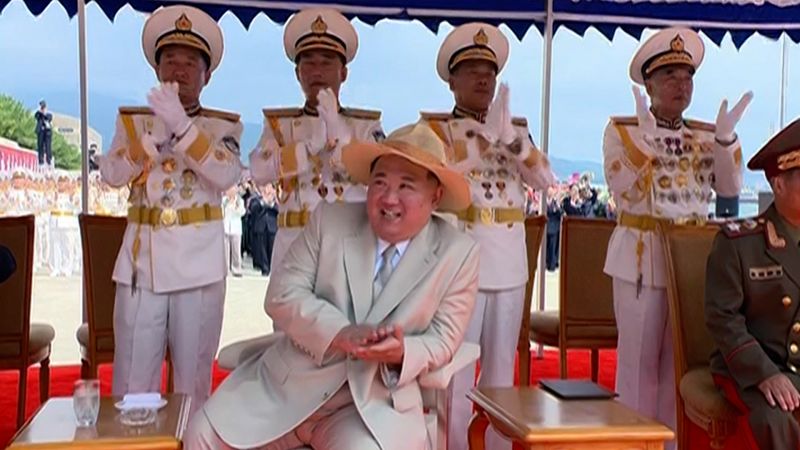

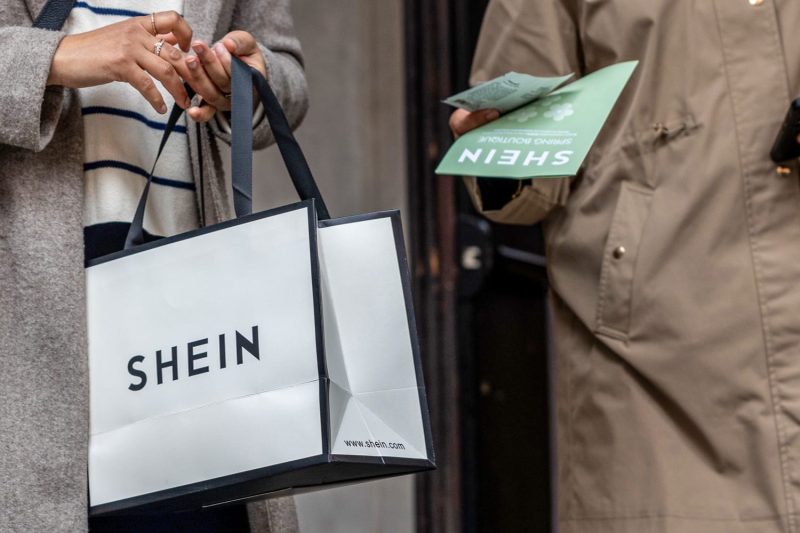


 Cardiex Limited (CDX:AU) has announced Offer Booklet – Non-Renounceable Entitlement Offer
Cardiex Limited (CDX:AU) has announced Offer Booklet – Non-Renounceable Entitlement Offer
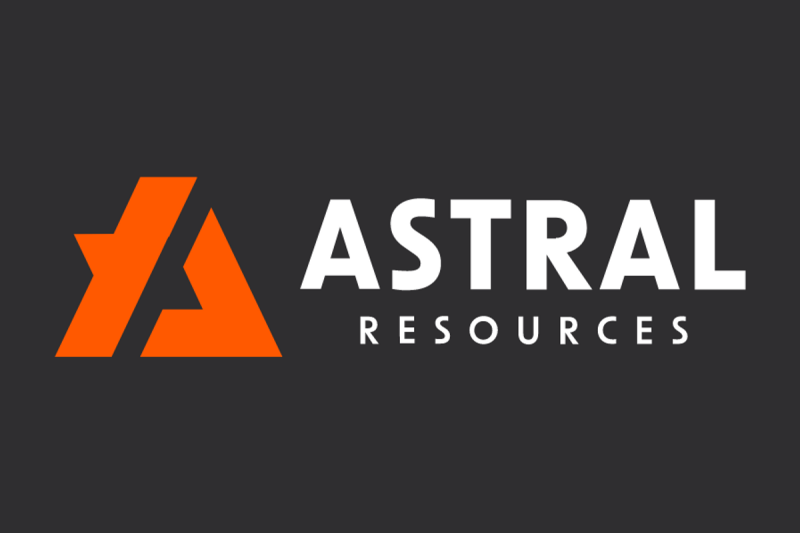
 Astral Resources (AAR:AU) has announced In-fill RC Drilling at Kamperman Confirms High-Grade Gold
Astral Resources (AAR:AU) has announced In-fill RC Drilling at Kamperman Confirms High-Grade Gold





 Larisa Sprott: Gold, Silver Early in Cycle, Smart Money Buying Now
Larisa Sprott: Gold, Silver Early in Cycle, Smart Money Buying Now
